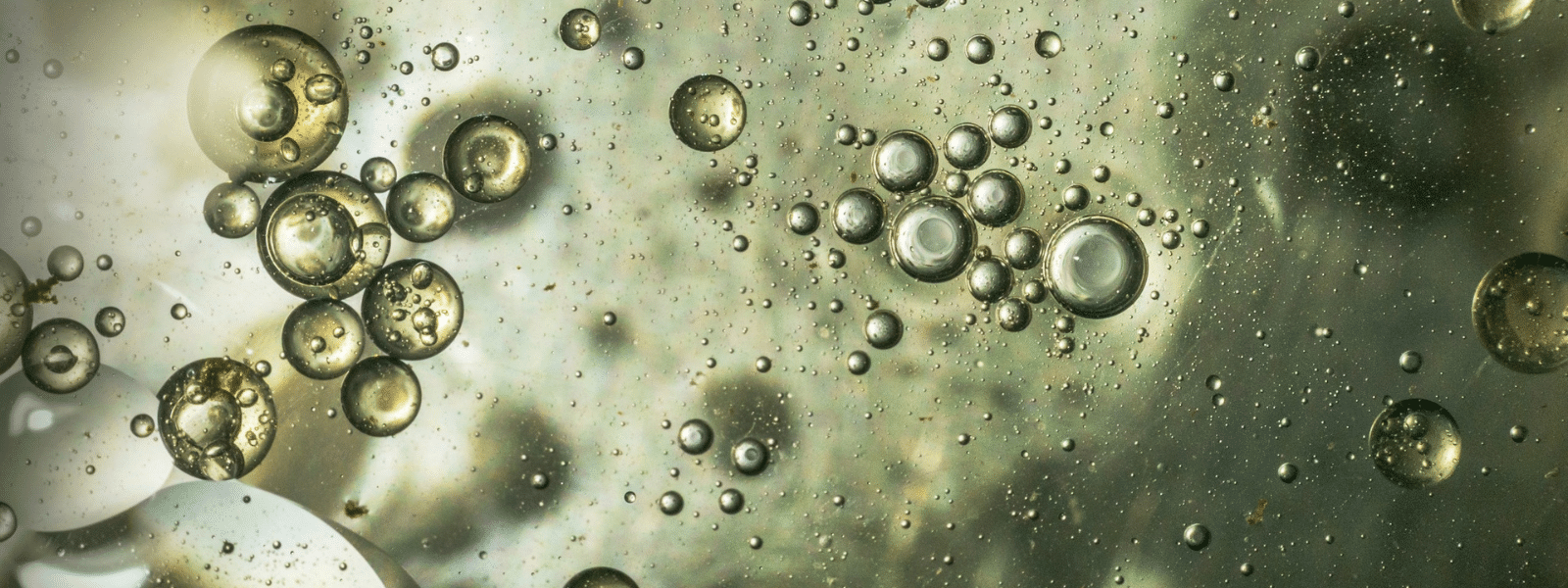If you enter an industrial work environment where chemical solvents are in use, you might get a strong whiff of something that smells like a cross between manmade chemicals and highly odoriferous natural substances. There’s a good chance that what you smell is a mixture of volatile organic compounds (VOCs), which are naturally occurring or manmade organic compounds whose volatility frequently makes them gasify quite quickly at room temperature.
Dangers of VOC Exposure
When it comes to the effects of VOC exposure in humans, VOCs are similar to hazardous air pollutants (HAPs) that don’t have an organic formulation. Short-term exposure can cause symptoms such as upset stomach, difficulty breathing, and watery eyes. Long-term exposure can potentially cause permanent nerve damage, neurological problems, and even cancer.
The dangers of VOC exposure hold negative consequences for companies as well as their workers. Short-term exposure to VOCs can lead to an increase in sick days taken, which hampers productivity; and long-term VOC exposure commonly results in workers compensation claims chemical injury lawsuits. For companies and their workers, using zero VOC cleaning solvents to replace solvents that contain hazardous VOCs is win-win situation.
Buying Zero VOC Solvents
In terms of sheer product selection, industrial solvents that have low VOC content are generally easier to find than ones that contain no VOCs. However, zero VOC cleaning solvents have become more popular in recent years, as the EPA and OSHA have taken an increasingly firm stance on regulating the use of dangerous chemicals in the workplace, and businesses have taken cost cutting to a new level to help offset losses from the recession.
One of our own products, Eco-Spray ZV-2 – Zero VOC Cleaner Degreaser, is a good example of a flexible, zero VOC solvent that can be used for various applications. In addition to purchasing readymade solvents, there’s also the option of having zero VOC cleaning solvents made from scratch to address your unique requirements. Regardless of which type of product you choose, one thing is certain: Your operation stands to benefit from improved workplace safety.
Low VOC Cost Saving Benefits
Even when a zero VOC cleaning solvent costs more than a VOC solvent it could replace, there are still some important cost saving benefits to be had from making the switch. In addition to helping decrease sick days taken and avoid workers compensation claims and injury lawsuits, using zero VOC solvents can help companies avoid fines for emission cap violations, avoid using the highest level of personal protective equipment (PPE) for workers, and operate the air filtration system that removes airborne contaminants more efficiently.
Who We Are
At Ecolink, we specialize in developing industrial cleaning solvents that are environmentally safe and environmentally preferred. In addition to providing readymade solutions, we also formulate custom blends that can be supplied for as long as you need them. If your company or organization is in the market for zero VOC cleaning solvents, we can provide them. To start exploring your options, please call us today at (800) 563-1305, or use our contact form.















